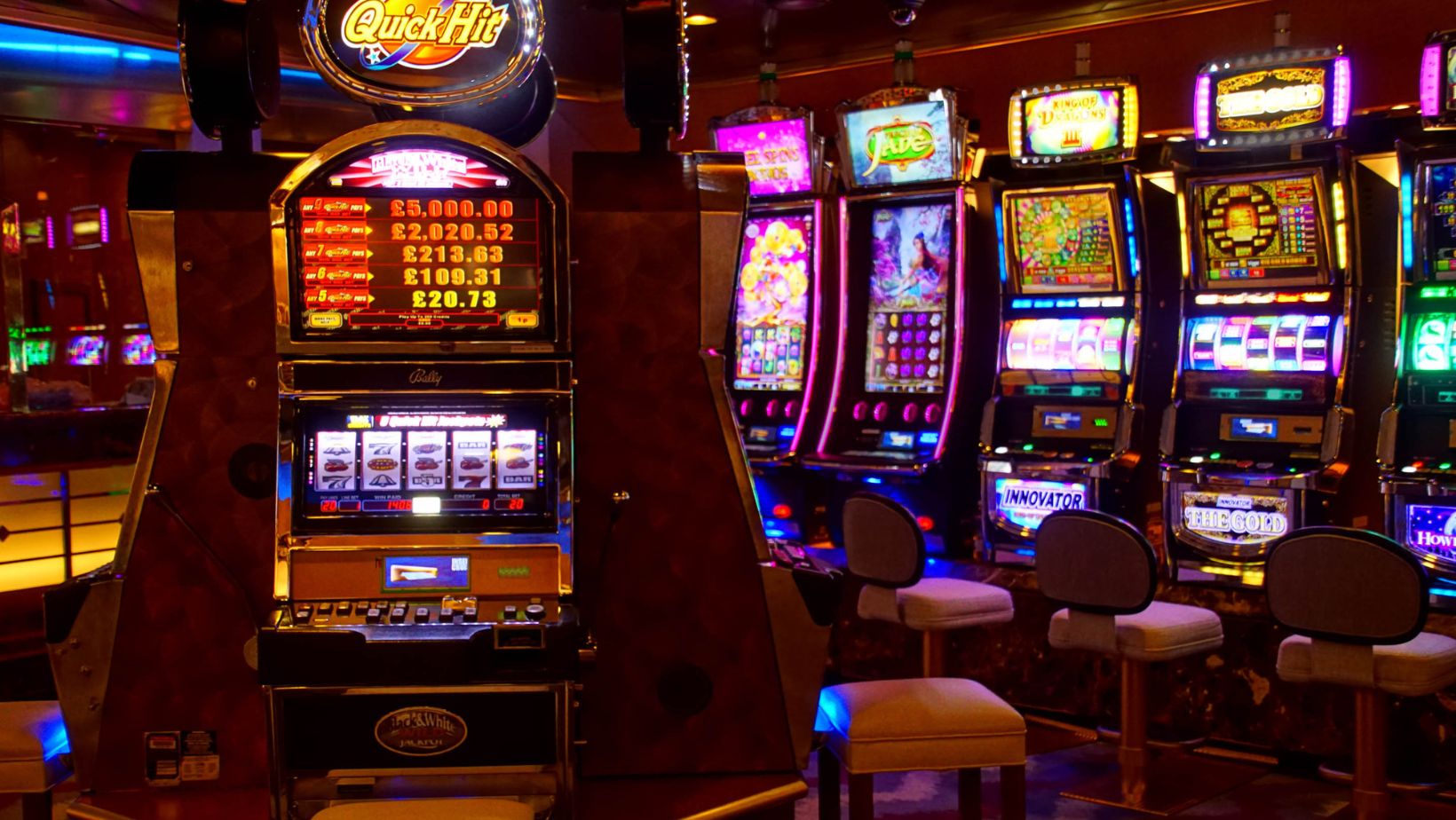The idea of a “loose slot” has been around since the first mechanical reels appeared in Las Vegas. Today, online players still chase games believed to “pay out more often.” In regulated online casinos, loose slots can’t be rigged, but some titles statistically deliver smaller, more frequent wins. These differences come from math models, not myth. Understanding how to identify them is what separates strategic players from pure luck chasers.
What Makes a Slot “Loose”
A loose slot is one with a high Return to Player (RTP) rate and moderate volatility. In simple terms, these games pay back a larger portion of total wagers over time. RTP is expressed as a percentage — for example, a 97% RTP means that, theoretically, a slot returns €97 for every €100 wagered.
At Lucky Twice, the most popular loose slots include Blood Suckers by NetEnt (98% RTP), 1429 Uncharted Seas by Thunderkick (98.5%) and Mega Joker (99%). These titles maintain consistent playability because they hit smaller wins frequently enough to keep balances alive longer.
Typical indicators of loose slots
Understanding these figures is key. Low RTP or extreme volatility doesn’t mean a slot is unfair — it simply means it’s designed for bigger but rarer wins.
| Metric | Ideal Range | Example Title |
| RTP | 96.5% – 99% | Mega Joker (99%) |
| Volatility | Low to Medium | Starburst |
| Hit Frequency | 25% – 35% | Twin Spin |
| Bonus Frequency | Every 100–150 spins | Book of Dead |
How RTP and Volatility Work Together
RTP tells you the long-term expected payout, while volatility determines short-term behavior. A game like Bonanza Megaways has 96% RTP but very high volatility, meaning wins are less frequent but potentially massive.
A “loose” slot combines high RTP with balanced volatility, delivering steady entertainment rather than dry spells. Casinos licensed in Malta or Sweden must publish RTP data for every game. Players can often find this information in the paytable or game rules.
In 2024, industry reports showed that games with 97%+ RTP have a 40% higher player retention rate. It’s not coincidence — regular payouts sustain engagement and make losses feel less severe.
Observing Hit Frequency
Hit frequency measures how often a slot pays out — small or large. A game with 30% hit frequency will, on average, produce a win every three spins.
While most casinos don’t display hit frequency openly, you can estimate it by tracking small wins across 100 spins. On modern slot trackers, a frequency of 25% or more suggests a “looser” structure.
Players often notice loose slots in clusters because developers release similar math models. For instance, NetEnt’s Starburst, Twin Spin and Reel Rush share moderate volatility and steady payouts.
Common Myths About Loose Machines
Many misconceptions still circulate among players. Some believe casinos “tighten” or “loosen” slots based on time or activity. In regulated markets, that’s impossible. Random Number Generators (RNGs) certified by labs like eCOGRA and GLI ensure randomness in every spin.
To clarify common errors, here’s what data shows:
| Myth | Reality |
| Casinos adjust payout rates during peak hours | RTP is fixed by the developer and regulator |
| New games pay more to attract players | Early wins are statistical variance, not design |
| Machines near cashiers are looser | Placement has no impact in online casinos |
| Manual timing affects results | RNG ensures each spin is independent |
Understanding that no human or casino can influence individual results helps players focus on data — not superstition.
When to Move On from a Slot
A key skill for experienced players is recognizing when to stop. Even loose slots experience variance. If a game hasn’t paid anything notable after 200–300 spins, it’s likely in a cold cycle.

In 2025 analytics data from MGA-licensed casinos, the average “warm” period for medium-volatility slots lasted 120–150 spins. Beyond that, persistence rarely improves odds.
If a session goes cold, consider moving to another game with similar RTP but a different volatility pattern. This rotation strategy prevents bankroll depletion and refreshes engagement.
Signs it’s time to switch
- No bonus or feature triggered after 150+ spins.
- Repeated small wins below 0.5x bet value.
- Long sequences of dead spins.
- Emotional frustration or tilt.
- A loss exceeding 20% of your session bankroll.
The best players don’t chase — they adapt.
Comparing Loose Slots Across Providers
Some studios are statistically more generous due to consistent math modeling. For example, Thunderkick and Play’n GO focus on low-to-medium volatility, while Relax Gaming and Nolimit City favor high-risk, high-reward designs.
| Provider | Average RTP | Known For | Example |
| NetEnt | 96.5–98.0% | Classic balance | Blood Suckers |
| Play’n GO | 95.5–96.5% | Bonus diversity | Reactoonz |
| Pragmatic Play | 95.0–96.5% | Volatility spikes | Gates of Olympus |
| Nolimit City | 94.0–96.0% | Extreme variance | San Quentin |
| Thunderkick | 96.5–98.5% | Consistent hit rate | 1429 Uncharted Seas |
For steady results, most analysts recommend RTP above 96.5% combined with moderate volatility.
How Streaming and Community Data Help
Modern casino streamers unintentionally reveal loose games by broadcasting thousands of spins live. Communities on Reddit and Discord track RTP averages and volatility swings from those streams, identifying games that pay out steadily across long sessions.
For instance, in 2024, Razor Shark and Fire Joker were ranked among the top “consistent payout” slots across 12,000 public spins. These unofficial reports help players choose games aligned with their bankroll goals.
However, remember that observed performance doesn’t replace certified data. A streamer’s winning streak may represent luck, not structure.
Testing and Tracking Personal Data
Players serious about spotting loose slots can use session tracking spreadsheets or casino analytics tools. Tracking metrics like spins, wins, bonus triggers and total return builds a personalized dataset.
In a 2023 case study from iGaming Business, players who tracked 1,000+ spins per title identified loose patterns within 3% variance of official RTPs — proving that consistent observation can yield accurate conclusions.
Basic tracking table example
| Spin Count | Total Bet (€) | Total Win (€) | RTP Achieved | Notes |
| 500 | 250 | 240 | 96% | Frequent small hits |
| 1000 | 500 | 480 | 96% | Steady returns |
| 1500 | 750 | 690 | 92% | Cold streak begins |
This data-driven approach takes emotion out of the equation, letting math dictate session decisions.



